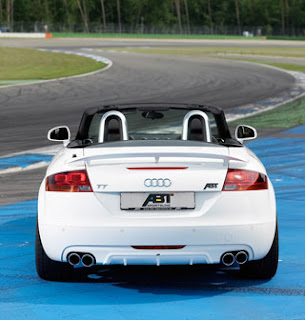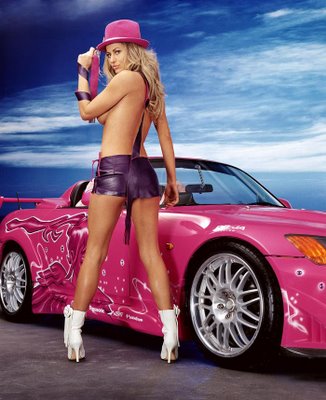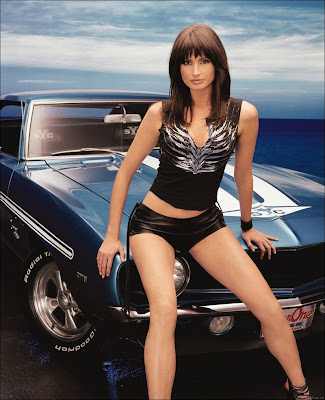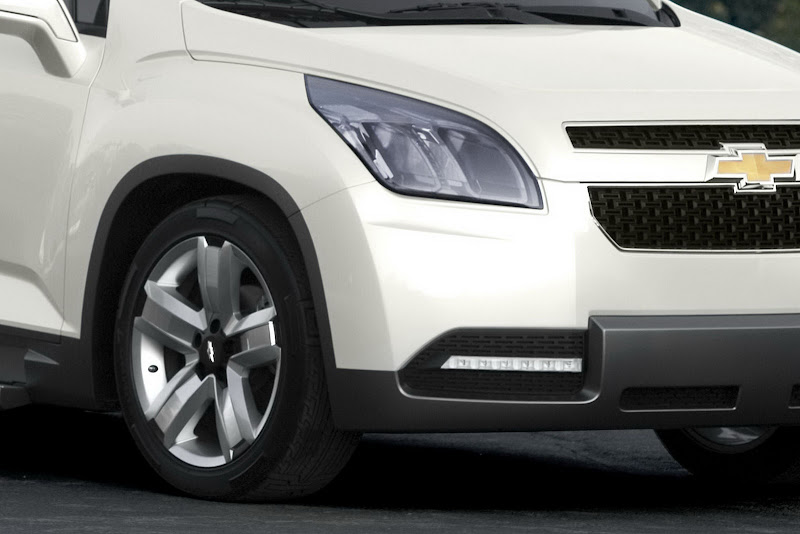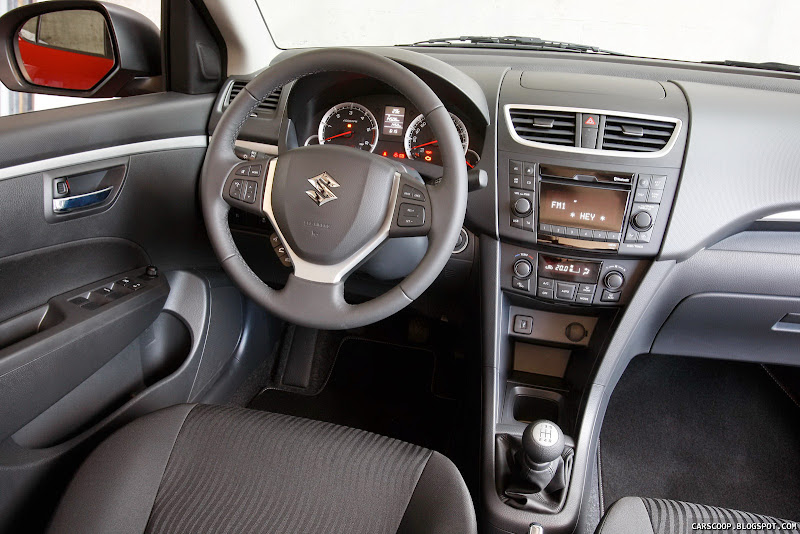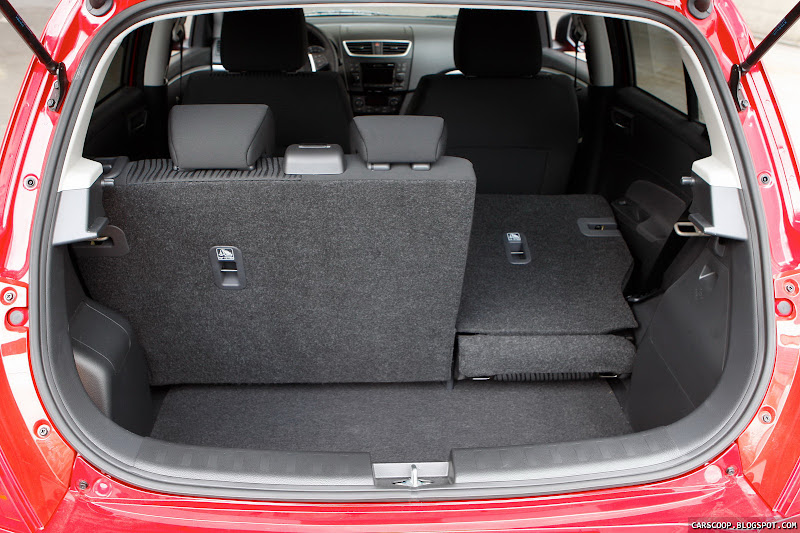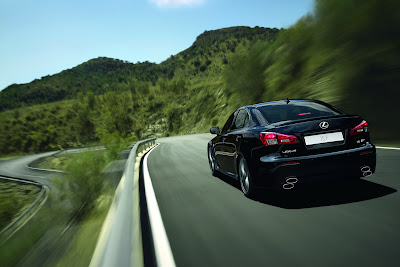
When Mazda invited us to Milan to see its new concept car, we knew it must be something important. Normally concept cars get their 15 minutes of fame at an auto show, and then it's off to the next press conference to see what the following automaker will introduce. Not so with Mazda's latest styling endeavor. The Japanese automaker wanted our full and undivided attention, with the center of international design and fashion in Italy as a fitting backdrop.
The Shinari concept, which roughly translates to "resistance to being bent," will serve as a the basis for Mazda's new design language, and many of the styling cues will make it to future production vehicles. That means that the Shinari will essentially affect the design of every vehicle coming from the Japanese automaker for the next several years. An important car for Mazda? You bet.
The Shinari was officially unveiled earlier today, and we spent several hours talking with Mazda's artists about the design and how it will affect the automaker's forthcoming vehicles.
The creation of the Shinari Concept starts with Ikuo Maeda, Mazda's global head of design. Maeda was the chief designer of the RX-8 and the Mazda2 and has been with the company for nearly 30 years, but his connection with the brand goes back even further than that. His father, Matasaburo Maeda, headed the design of the first generation RX-7 back in the 1970s. Mazda runs in the Maeda family's blood and there's no one more qualified to define the look of Mazda's next generation vehicles.
While Maeda has had an influence on Mazda design in the past, 2010 is the first year in which he's had full control. The Shinari Concept represents the first styling concept under his new design theme, KODO, which replaces the controversial Nagare them from the past several years. While the Nagare-styled cars were represented by wavy, flowing lines, a trait that looked great on concepts but was tough to implement on production cars (see Mazda3), KODO is more of an organic style that still takes cues from the natural world, but in a much more solidified and powerful sense. Maeda describes KODO as form with a soul, or bringing form to life, with the three key terms defining the theme being speed, tension and alluring. "There are few products of industrial design that can be compared to living entities which convey energetic motion and which invite affection," he says. "It is this intrinsically emotional appeal of the car that I wish to express when creating Mazda cars."



While Maeda created the theme for the new stylistic direction, the development of the Shinari Concept was actually a collaboration between three of Mazda's design centers in Japan, Germany and the United States. The goal was to make the exterior a product of Japan, while the interior was left to the automaker's Irvine studio. However, each team had input on the final product.
Looking at the exterior, it's easy to tell that the Shinari shares little in common with Mazda's recent designs, although like almost every sedan built today, it has similarities to vehicles from other brands. It's almost as if the Aston Martin Rapide and a Mazda RX-8 cued up some Barry White, enjoyed a romantic evening and the Shinari came out nine months later. That's obviously a compliment, as the Rapide is a stunningly beautiful car and the RX-8 – even this far into its lifecycle – is still a looker. However, the Shinari has a much more complicated design, with more intersecting lines and a surface area that's constantly moving and changing depending on the lighting.




Those who dislike the smiling face of the current Mazda lineup will be glad to know it won't be a feature in future models (Huzzah! – Ed.). The Shinari front end features a "signature wing" that will become a new styling cue for the brand. The wing is formed by a thin aluminum band that starts from the bottom of the grille and goes out and up through the headlamps and continues with a bold fender line moving out onto the sides.
The most impressive aspect of the exterior design was the devotion to the theme in nearly every inch of the concept. The various aluminum pieces found on the exterior have a "twisted tension", and even the slots in the disc brakes follow the same theme. In addition, items like the headlights were designed to have a more natural look and fashioned to mimic the iris of an animal's eye. We're also big fans of the stylish rear view cameras in place of the standard mirrors as well as the trick door handles (although "button" might be a more appropriate description) that require only a simple press to open.




While the exterior is certainly a departure from previous designs, the interior is perhaps the most surprising aspect of the Shinari. Easily the most attractive and stylish interior we've seen in a Mazda (concept or not), it's swathed in authentic aluminum trim, leather-covered surfaces and double stitching at nearly every turn and twist. We're again drawn to the Aston Martin Rapide comparison, especially with the design of the deep rear bucket seats. The gauges, modeled after popular watch designs, up the class quotient and the massive glass roof helps make the interior feel open and airy.
We know many of these elements won't make it into a production car, but Mazda's North American director of design, Derek Jenkins, who oversaw the development of the Shinari's interior, says it's Mazda's goal to add sophistication to future models. "Mazda is really an aspirational type of brand," he says. "Even though we are a mainstream brand we have a customer that wants a little bit more. We monitor premium segments, we monitor premium trends, and the question is ultimately how can get some of that feeling into a more affordable vehicle. We think our customer wants a little bit more sophistication."




One thing that can definitely be seen in future Mazda interiors is a driver-focused cockpit. A close look at the Shinari's interior reveals an asymmetric design that snugly surrounds the driver's seat while leaving the passenger seat more open and relaxed. Jenkins says this will be theme of upcoming Mazda vehicles and help set the brand apart.
Finally, the Shinari also features quite a bit of technology that looks forward to the new applications of driver-automobile interactions. The Human Machine Interface (HMI) is split up into three modes: Business, Pleasure and Sport. Potential uses range from looking up bios of a business contact before a meeting to a rally-style co-pilot feature that could alert the driver of the characteristics of upcoming turns. It's nothing too far-fetched given the current levels of technology, and we wouldn't be surprised to see some of it implemented in the near future.




But more than the tech and the attention to detail, it's the Shinari's overall cohesion that impresses the most. Unlike other pie-in-the-sky concepts, the Sinari is a smart, well executed styling exercise that should be a solid design platform for future models. The muscular lines should translate well into a production car, and customers will always appreciate a more sophisticated interior. And what about the potential of a four-door sports coupe like the Shinari making it to production? Mazda wouldn't tell us whether one is in the works, but they did mention that the "business side of it" was considered when the Shinari was under development. That definitely means there's a chance, and we sure like the sound of a Mazda RX-9.
